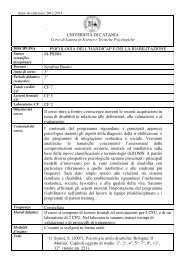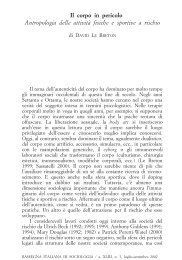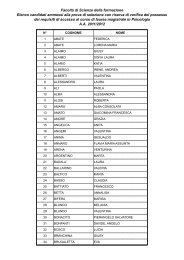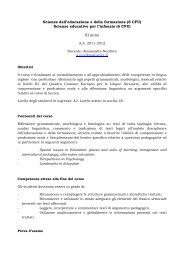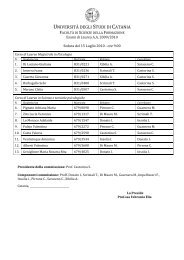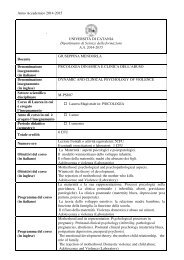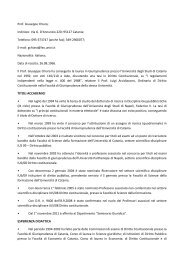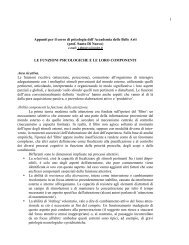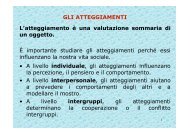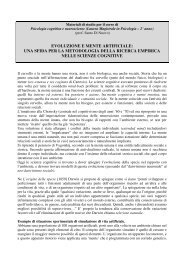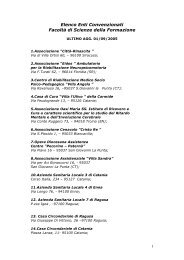The Incomplete Story of Åukasiewicz and Bivalence*
The Incomplete Story of Åukasiewicz and Bivalence*
The Incomplete Story of Åukasiewicz and Bivalence*
Create successful ePaper yourself
Turn your PDF publications into a flip-book with our unique Google optimized e-Paper software.
28Arianna Bettiwicz’s view are just true or false <strong>and</strong> do not possess an intermediate valueseems to be that for them there is no ratio that can be established in this way.It is therefore particularly important to stress that for Łukasiewicz determinedstatements about future events are (now) either true or false, even if before theevent we cannot know which ones are true <strong>and</strong> which ones are false:It can no longer be asserted that such events or sentences as ‘This die willnow turn up 6’ or ‘the next drawing from this urn will yield a black ball’ areprobable. Such sentences, being determined judgements, are either true orfalse, even if before the event we can never know which <strong>of</strong> them are true <strong>and</strong>which are false. 24This tells us how far Łukasiewicz was at this point from his later approachlinking future contingents <strong>and</strong> a third kind <strong>of</strong> (determined!) sentences. First,the difference between determined <strong>and</strong> undetermined sentences in the senseexplained above ceased to play any role in his post-1917 works. Secondly, wecan easily modify OTND* substituting ‘sentence’ by ‘determined sentence’ inorder we picture better Łukasiewicz’s views in 1913:OTND** Every determined sentence is either true or false.Now it is easy to see that Łukasiewicz accepted OTND** up to 1917, but itis exactly OTND** which he later rejected. <strong>The</strong> picture at this point can besummed up as follows. If future objects enjoy the same status <strong>of</strong> generalobjects, i. e., are as undetermined as to some properties as general objects are,then (as stated in 1910) both(6) ‘the next ball to be extracted from this box will be black’<strong>and</strong>(7) ‘the next ball to be extracted from this box will not be black’are false. This is a counterexample to LTND, as negation in (7) is understoodlike in (4) as predicate negation. Still, this would have nothing to do with rejectingBIV*, because (6) <strong>and</strong> (7) would not have a third value. It is clear that atthis particular time <strong>of</strong> Łukasiewicz’s development no determined sentence canbe neither true nor false. As this is stated also in his 1916 paper on the concept<strong>of</strong> magnitude, which fully squares with Łukasiewicz’s ideas on probability, 25 it24Łukasiewicz (1913), p. 34; Eng. trans. p. 38, here quoted with slight changes.25Cf. Łukasiewicz (1916), p. 311; Eng. trans. p. 71.



